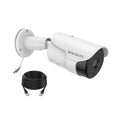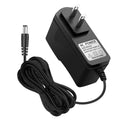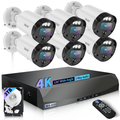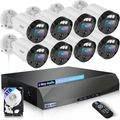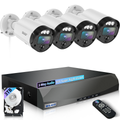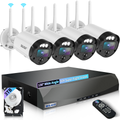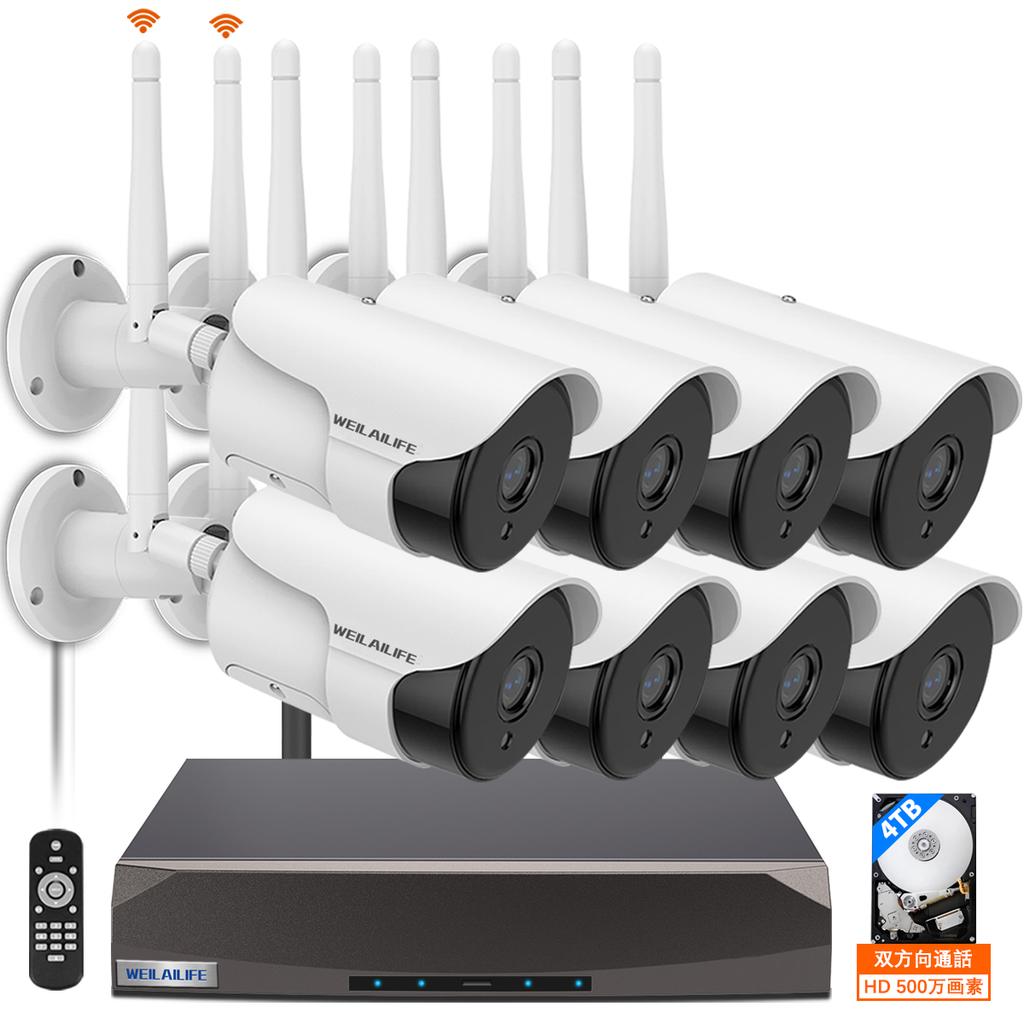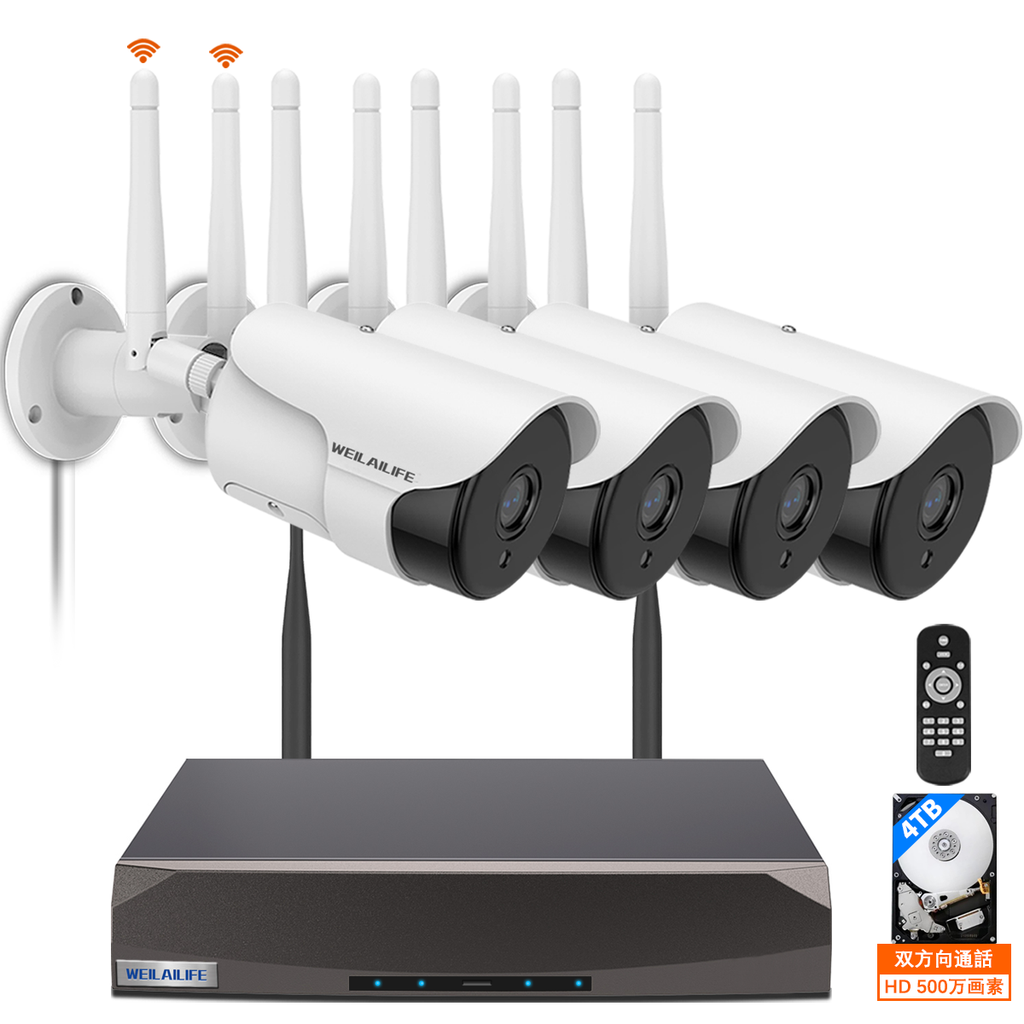-
Challenges in Deploying Monitoring Devices - An WEILAILIFE Perspective
Introduction: Deploying monitoring devices involves a series of challenges and complexities, influenced by factors such as surveillance targets, environmental conditions, and technical requirements. As a reputable brand in the industry, WEILAILIFE understands the difficulties users may encounter during the setup process. In this article, we explore some common challenges faced when deploying monitoring devices and offer insights on how to address them effectively. Location Selection: Optimal placement of monitoring devices is crucial. Consider factors such as monitoring range, field of view, obstructions, and lighting conditions to ensure comprehensive coverage of the target area. Power... -
Technical Features of Surveillance Devices
Introduction: As a leading brand in surveillance technology, WEILAILIFE offers cutting-edge features in its surveillance devices to ensure intelligent, convenient, secure, and efficient monitoring solutions. This article explores ten key technological aspects that make modern surveillance devices stand out in the market. High-definition Video Quality: Modern surveillance devices come equipped with high-resolution cameras, providing clear and detailed images and videos to capture more crucial details. Infrared Night Vision: Many surveillance devices feature infrared night vision capabilities, enabling monitoring in low-light conditions and ensuring clear images during nighttime or in dark environments. Wide-Angle Field... -
How to Perform Maintenance on Surveillance Equipment
Introduction: Proper maintenance of surveillance equipment is essential to ensure optimal performance and reliable monitoring. In this article, we will explore key maintenance practices from the perspective of the WEILAILIFE brand, aimed at maximizing the longevity and efficiency of surveillance devices. Regular Cleaning and Upkeep: Perform routine cleaning of the camera lenses, sensors, and casing to maintain image quality and device functionality. Prevent the adverse effects of dust, dirt, and moisture on the equipment. Firmware and Software Updates: Regularly check and update the firmware and software of surveillance devices. Manufacturers often release updates to...

